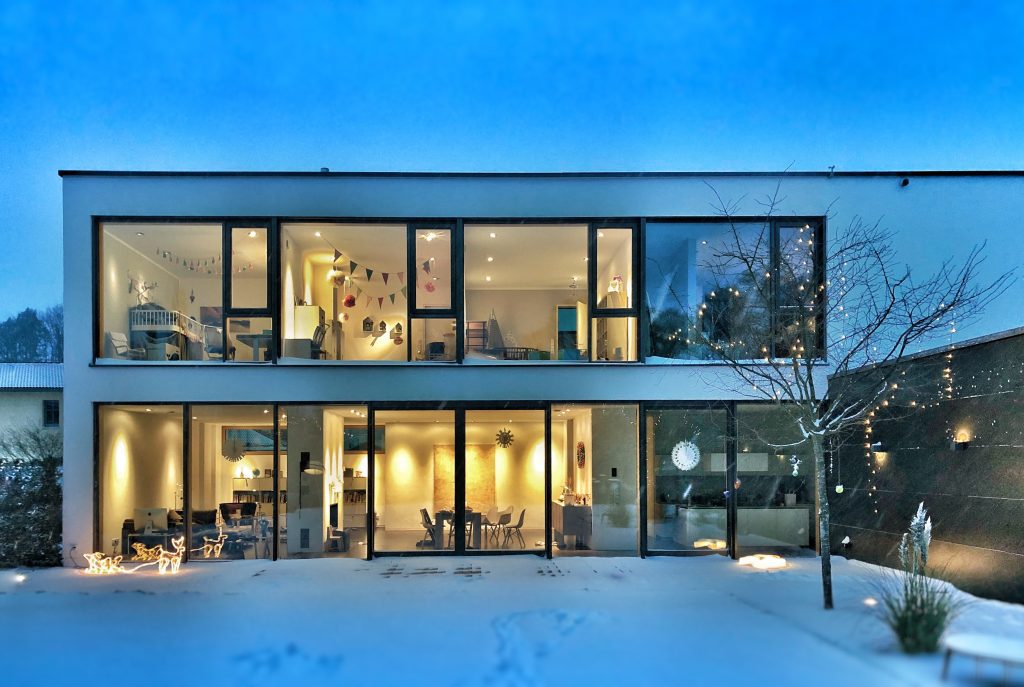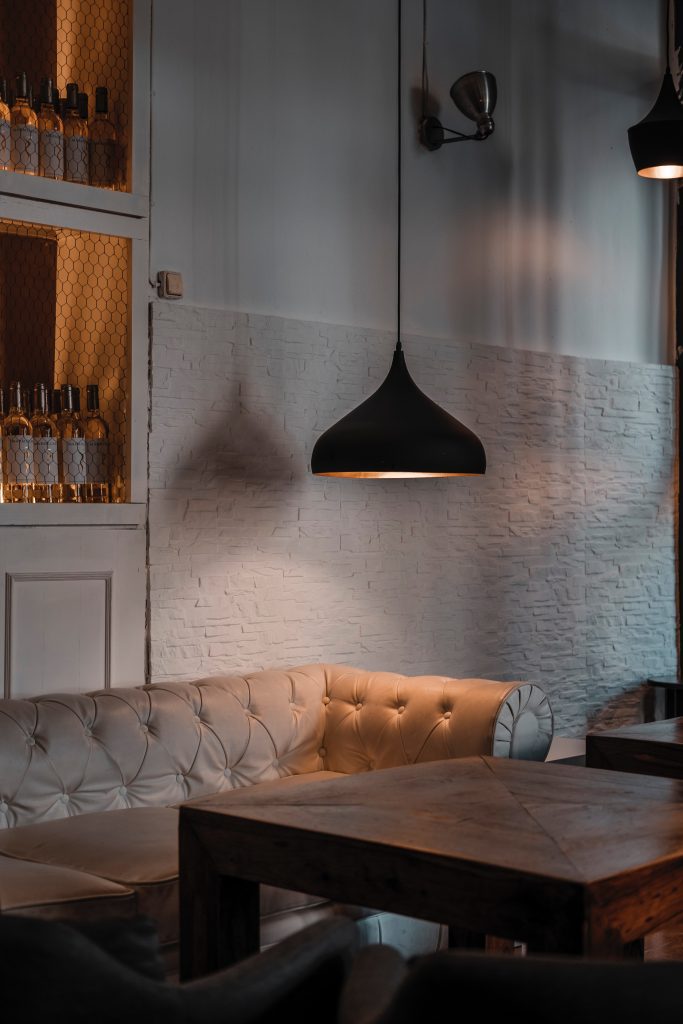When it comes to home renovation projects retaining their value, not every job will provide an equal return on the homeowner’s initial investment. For example, recently rehabbing a spare bedroom will have less of a return when selling a home than if a kitchen has recently been updated. The value of home improvement projects is rarely so simple to discern.

To help homeowners figure out which projects are most worth their time, we’ve compiled the following list of seven projects that commonly provide the best return.
Upgrade Your Appliances
If you have an older stove that is an eye-sore, it may be time to consider replacing it. Doing so can provide a great return on investment given that homeowners opt for popular finishes such as stainless steel. Having desirable appliances can be a good negotiation consideration. If you get an offer under what you are asking, explain that you’ll accept the offer, but the appliances come with. That way, you either get your asking price, or you don’t need to look for any appliances with your next home. It’s a win-win.
Invest in Your House’s Curb Appeal
One area that is often overlooked is a home’s curb appeal. The view your house presents from the street is vitally important, as it is what potential buyers will see first. This first impression is often the basis for which a buyer will form their opinion of the house. With the above in mind, it makes sense that one of the best places to increase your home’s value would be in its outdoor areas. Replacing worn-out turf, adding greenery around the yard, and sprucing up outdoor structures can all go a long way towards creating a positive first impression.
Of course, some projects outside the home will require professional help. This can include work like repairing or replacing an old concrete in your patio or sidewalk. When undertaking this type of work, it is important to partner with a construction firm that fully understands the local conditions. For example, those looking for a concrete contractor in Miami County, IN will want to partner with a contractor that is able to offer goods and services that match the needs of local conditions.
Paint the Walls
A dull coat of paint can do more than just suck away a potential buyer’s enthusiasm for a home, it can actually turn buyers off and lead to lower offers. In fact, a survey of realtors done in 2021 found that paint touch-ups are recommended by 58% of them before attempting to sell a home.
When painting, however, be sure to pick easy-to-digest colors that are unlikely to offend potential buyers. For example, overly bright colors can make a room seem garish and busy. Go with more neutral colors like tan, white, gray, or a light blue rather than neon or excessively dark colors like black.
Improve Your Home’s Efficiency

Investing capital in an energy-efficient home can be a costly prospect to start. However, in the long run, increasing your house’s energy efficiency will not only save you money but also make your home more attractive to buyers at the same time. Lastly, when your home operates efficiently, you are going green.
Increasing your home’s energy efficiency can be as simple as replacing older appliances with newer, more efficient models. Another feature that potential buyers are likely to appreciate is an upgrade of a home’s HVAC system, including the most desired tech upgrade for many homeowners, a smart thermostat.
Upgrade a Bath or Kitchen
When it comes to major renovation work in the home, two rooms add more value than others: kitchens and bathrooms. This makes sense as both projects can be costly to undertake, so potential buyers are most likely to appreciate it if these rooms have been recently upgraded.
This doesn’t mean that either room type needs a gut rehab to be considered upgraded. Taking it down to the studs is likely overkill, as most potential homeowners will be looking for aspects such as newer appliances or cabinets. Start small with things like replacing a faucet or toilet. Then progress into larger projects like retiling a shower, or replacing outdated flooring.
Install a Generator
With the intensity and frequency of natural disasters predicted to increase in the coming years, being able to market your home as emergency prepared can be a big deal to some potential homebuyers. An easy way to tick this box is to install a backup generator so that your home can have access to electricity during any sort of outage. This can not only add value to your appraisal, this can save you hundreds (if not thousands) in refrigerated groceries that could have gone bad when the power is out.
Increase Your Home’s Square Footage
The last trick to increasing your home’s value is to increase its square footage – which admittedly is a little more involved than some of the options listed here. While this option won’t be available to everyone due to space or monetary constraints, those that are able should seriously consider adding extra living space to your home, as this will provide one of the best returns on your investment.
Creating new living spaces is often easier said than done for most homeowners. Yet, if you have a space in your house such as an unfinished attic or basement, these areas should be considered for potential expansion if it is deemed doing so would be cost-effective enough.
These can be add-ons like a sun room, an extra bedroom, but they can also be detached livable structures like a mother-in-law suite or less livable, but more practical workshops or garages.
Choosing What Projects to Prioritize
When it comes time to pick which home projects should be focused on first, take time to consider which option will give the best possible return on your investment. This might not always be the most obvious option, such as a kitchen renovation, as simple tasks, such as painting and gardening, can provide a substantial return on minimal investment as well.


